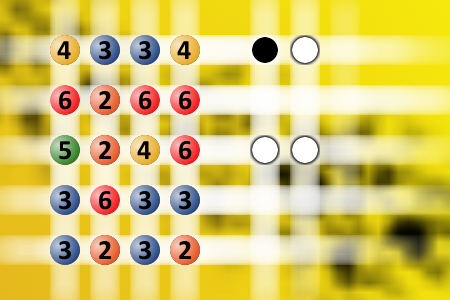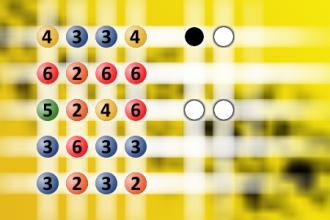Find the right combination
The computer chose a secret code (sequence of 4 digits from 1 to 6). Your goal is to find that code. Black circles indicate the number of hits on the right spot. White circles indicate the number of hits on the wrong spot.Correct answers: 1
#brainteasers #mastermind

An idiot was taking sky-diving...
An idiot was taking sky-diving lessons. The instructor explained that it was time for his first jump, and all he had to do was jump from the plane, count to six, and pull the rip cord. A truck would be waiting for him in the field where he would land.
The man jumped from the plane when he was told to, and counted to six. When he pulled the rip cord, the parachute wouldn't open. He tried the reserve chute and that didn't open.
Frustrated, he muttered to himself as he fell, "I'll bet the damn truck won't be waiting for me either."
The man jumped from the plane when he was told to, and counted to six. When he pulled the rip cord, the parachute wouldn't open. He tried the reserve chute and that didn't open.
Frustrated, he muttered to himself as he fell, "I'll bet the damn truck won't be waiting for me either."

